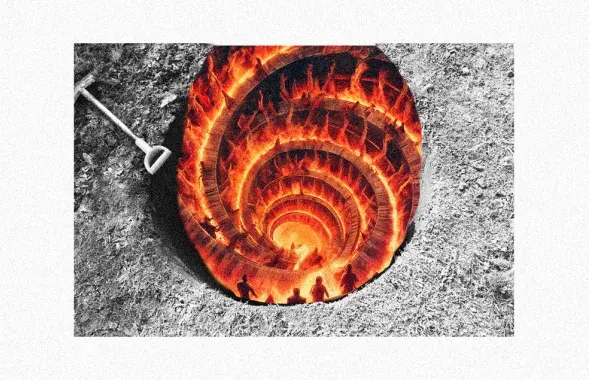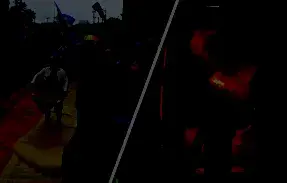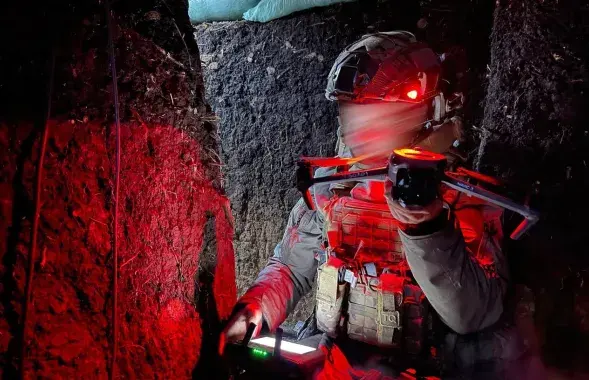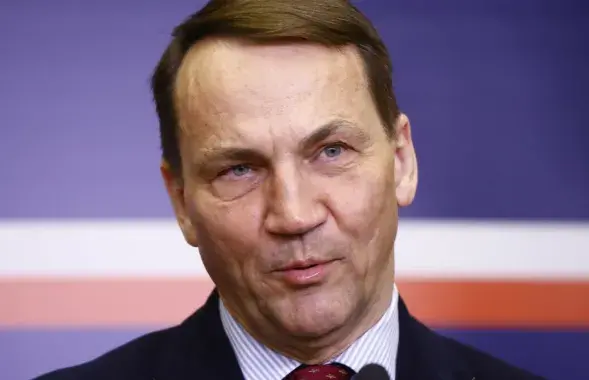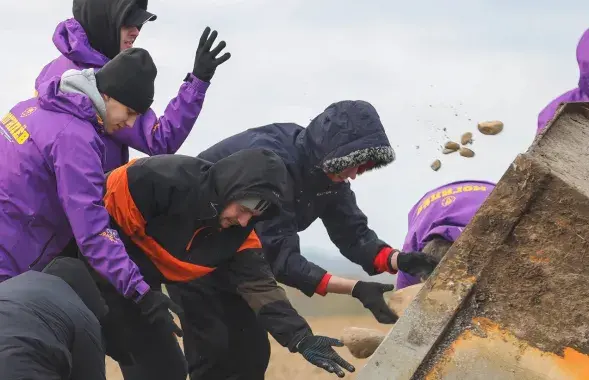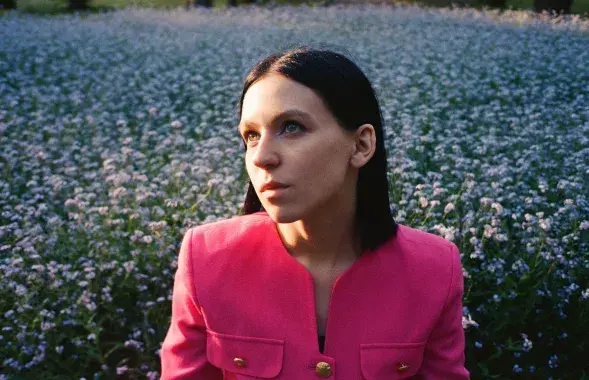Brest artist creates ethno museum in his village (photo)
It is only an ethno yard at the moment but the artist dreams of an ethno village.
Painter Anatol Zhaludko works and lives in Brest in the wintertime and spends summers in his village museum. He organized it in a village house he bought in the village of Sabli, Byaroza Disatcrt – the place where he was born and grew up. He has been collecting artifacts for 15 years and he invented the concept of the museum long ago.
Anatol Zhaludko: “The open-air museum of wooden architecture and rural way of life is called “Palesse”. It is called “Skansen” in Europe. These museums are unlike our “glass cemeteries of artifacts” – this is an open-air museum. Here is an axe in a log, there is a saw and other instruments”. 
The organizer of the museum sticks to periodization. All historical periods are represented in the exposition.
Anatol Zhaludko: “There are certain historical periods. “Poland in Palesse” - and there are corresponding artifacts. There are stone axes in “Stone Age in Palesse”. There are also “Kievan Rus in Palesse” and “Grand Duchy of Lithuania in Palesse”.
The museum has such departments as “Clothing”, “Tools” and even “History of alcoholization of inhabitants of Palesse” with a great collection of bottles. There is a collection of bullets and coins collected in fields including “a baratynka” decorated with a Pahonya by Brest mint. Icons of four confessions present here can be seen in a corner of the house and icon-like portraits of Palesse inhabitants can be seen in the other corner.


Why Palesse? Palesse is badly represented in the other two Belarusian open-air museums, says the student of local lore. By the way, he has a theory of his own. Anatol Zhaludko:
“This is the cradle of Slavdom and there are many hypotheses about it. The European Amazonia and the Herodotus Sea were here. Then the Slavs started settling in the west, mixed with the Baltic peoples, became Belarusians and started conquering Muscovy in the east and became half-Asian. They moved towards Turkey in the south and started wearing wide trousers, for example, Cossacks…”.
There is not enough room for all the artifacts in the house and yard now. The student of local lore thinks that one yard is not enough to represent the European ethno region of Palesse. He dreams of an ethno village.
Anatol Zhaludko: “I have an ethno yard now, it is not an ethno village. A state programme is needed here. To bring houses here… You have to collect them all over Palesse. It is necessary to bring windmills here”.
A cross for insurgents of 1863 will be installed on their grave nearby. It has been restored by the artist and will become part of the exposition.
Local officials agree that the idea is attractive but they also grumble: “You are trying to burden us, Ivanavich”. If there were a coaching inn near the M1 highway and tourist routes leading to the museum, it would be much better, says Anatol Zhaludko. However, he can only take the most valuable artifacts to Brest in winter now.







